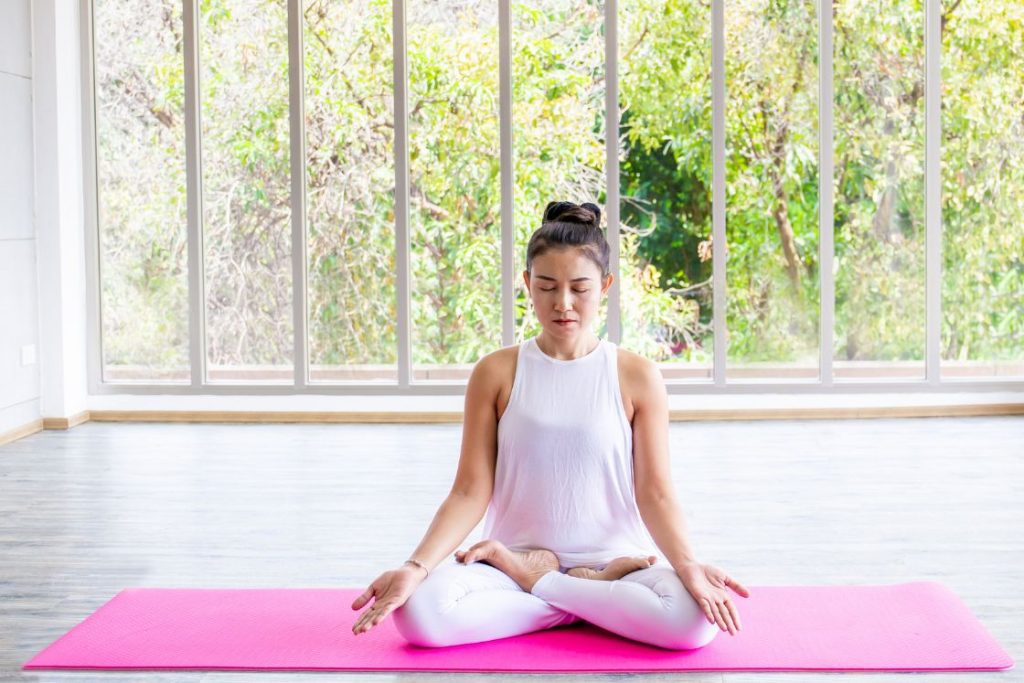
Owing to the fast-paced, unhealthy, and stressful lifestyle, our immune systems have taken a major hit. And once our immune system gets weakened, our body becomes vulnerable to many diseases. Common problems like flu, fever, cold, and cough can be easily avoided if we follow some methods to keep our immune system healthy.
Yoga practice allows us to keep ourselves fit holistically and in the most natural way. While asana and pranayama are two ways to keep us physically and mentally fit, mudras are also an integral part of yoga practice.
Hand mudras help in stimulating various pressure points in our fingers as well as targeting each of the 5 basic elements; air, water, fire, space or ether, and earth.
So, in case you are prone to suffering from cold and cough frequently, we have listed some of the best mudras to help you in your recovery. These mudras can be performed during your meditation practice or anytime you feel comfortable. They can be performed for 10-15 minutes thrice a day or for 45 minutes in one sitting.
While it is best to concentrate on performing one mudra that best suits your problem, performing 2 mudras a day is also allowed. Make sure that you are not frequently switching between mudras or else you will not be able to get the desired results.
Below are the 6 best mudras for cold and cough. You can choose one or two of these and practice them consistently for some time.
1. Bhramara Mudra
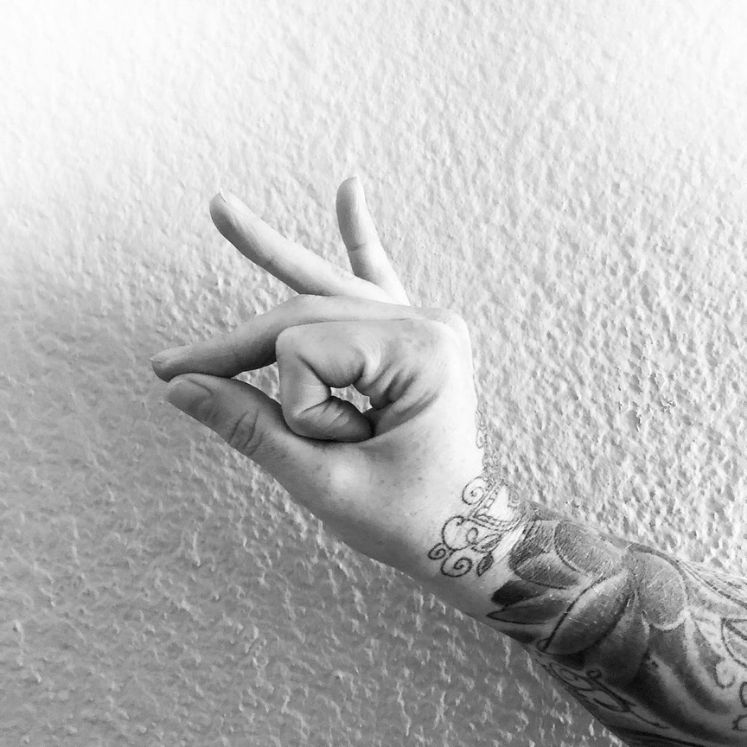
Bhramara mudra is an easy hand mudra that can stop any allergic reactions such as common cold, running nose, tonsillitis, hay fever, skin rashes, red patches, body itching, sneezing, etc.
Reducing lung and sinus congestion can aid in reducing the symptoms of breathing disorders like bronchitis and asthma. Bhramara mudra can support and reinforce the immune system, which is frequently reduced as a consequence of such situations.
Including this mudra in your daily practice during changing weather and seasons such as autumn or spring can keep the allergy reactions at bay.
Steps to perform
- Sit in any comfortable meditative pose such as padmasana or sukhasana, or any other pose of your choice.
- Keep your back straight and have your drishti at a focal point in front of you to align your head with the spine.
- On both hands, curl your index fingers so that the tip touches the base of the thumbs.
- Join the tips of the middle finger and thumb and keep the remaining fingers comfortably extended.
- Place your hands on your thighs with palms facing upwards.
- Hold the mudra for a minimum of 7 minutes.
2. Linga Mudra

The Linga Mudra is considered to have the power to increase body temperature and respiratory efficiency. This mudra’s upright thumb posture is thought to be a representation of the Hindu divinity Lord Shiva.
The potential of the Linga mudra to produce heat in your body is its biggest strength. Your body can fight off many infections, the common cold, mucus production, general lung diseases, bronchial colds, and temperature management with the aid of this heat generation.
However, you should be careful not to overdo this mudra. Practice only till the symptoms persist. Excess heat generation can further be harmful to the body.
Steps to perform
- Sit in any comfortable meditative pose such as padmasana or sukhasana, or any other pose of your choice.
- Keep your back straight and have your drishti at a focal point in front of you to align your head with the spine.
- Bring your hands in front of your chest and place them in the namaste position.
- Interlock all your fingers keeping the right thumb extended upwards. Join your left index finger and left thumb around the right thumb to form a circle.
- Place your hands near the navel and hold the mudra for at least 8-10 minutes.
3. Surya Mudra
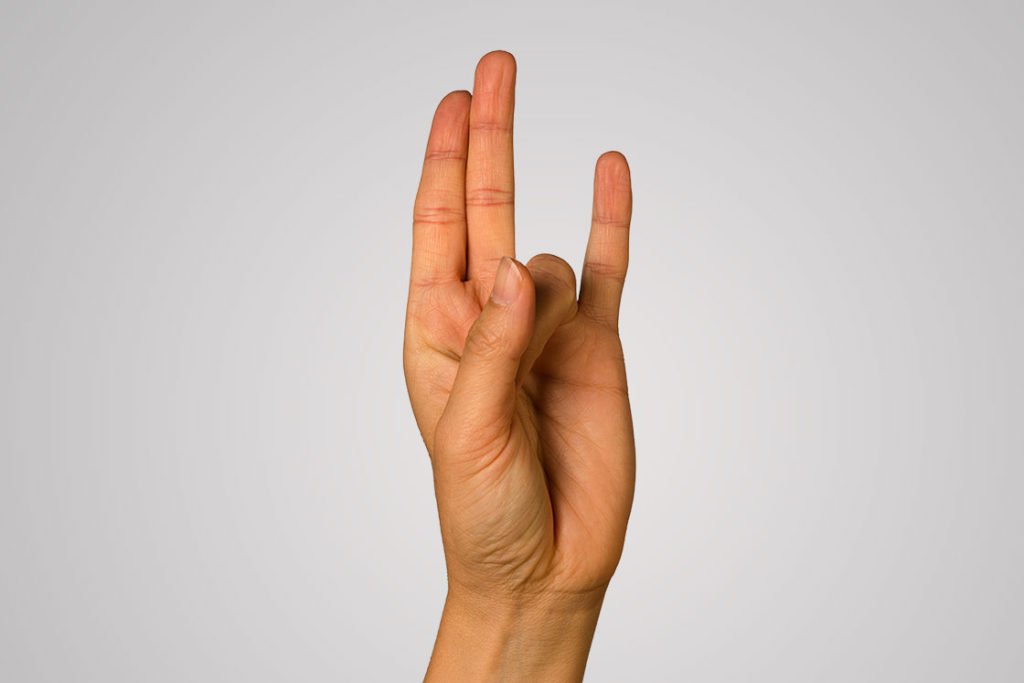
The Surya mudra is useful for increasing the body’s fire element, which revitalizes and re-energizes our mind and body. It is known as the “Agni Vardhak mudra” or “fire enhancer mudra” because it strengthens the fire element.
Surya mudra will assist you in maintaining body temperature throughout the winter and help you avoid symptoms such as shivering, dry skin, sore throat, common cold, joint discomfort, etc.
Regularly performing the Surya mudra can help you feel better when you’re experiencing a cold or cough. While you may not get relief immediately, regular and long-term practice of this mudra can be incredibly healing and therapeutic.
Steps to perform
- Sit in any comfortable meditative pose such as padmasana or sukhasana, or any other pose of your choice.
- Keep your back straight and have your drishti at a focal point in front of you to align your head with the spine.
- On both hands, fold your ring finger so that the tip almost touches the middle of the palm. With your thumb, press the middle part or phalange of the folded finger.
- Place your hands on the thighs or knees with palms facing up.
- Hold the mudra for a minimum of 10 minutes.
4. Prithvi Mudra
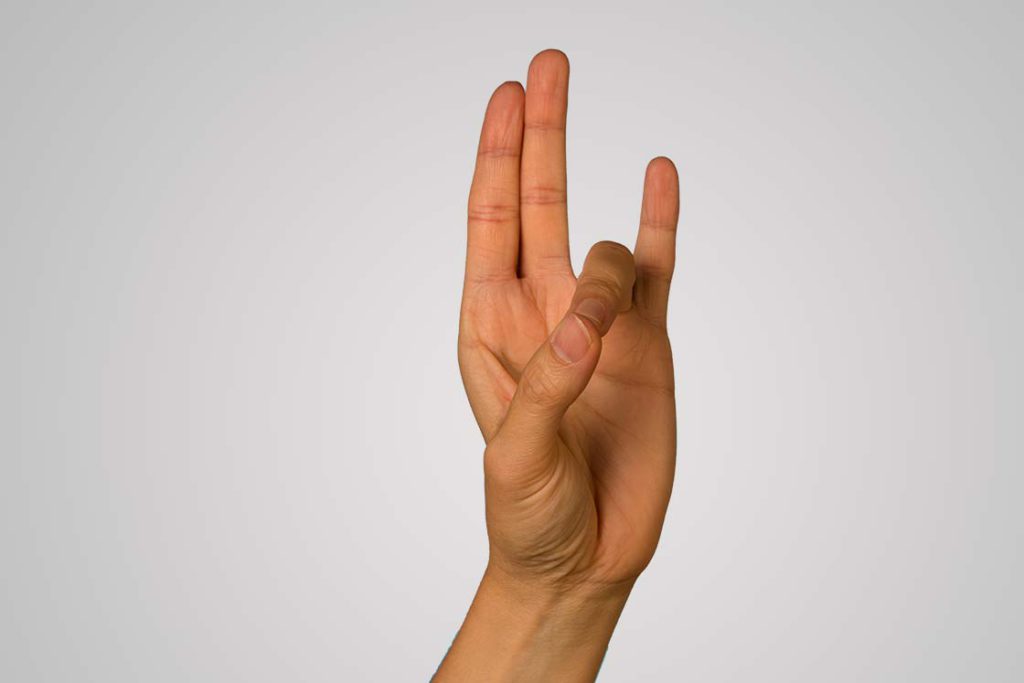
The internal body temperature is believed to rise as a result of this mudra’s ability to increase energy. Prithvi mudra helps in removing weakness and fatigue which are often accompanied by cold and cough. Since it deals with the earth element, it aids in preventing nasal cavity allergies, a common factor for cold and cough.
However, people with kapha dosha should practice this mudra with caution as the earth element is already dominant in them. Extended practice can lead to excess mucus and imbalance in the elements. Stop the practice of this mudra as soon as the symptoms are reduced.
Also Read: Prithivi Tattva: Earth Element Functions and Use in Body
Steps to perform
- Sit in any comfortable meditative pose such as padmasana or sukhasana, or any other pose of your choice.
- Keep your back straight and have your drishti at a focal point in front of you to align your head with the spine.
- On both hands, join the tip of your ring finger to the tip of the thumb and keep the remaining fingers comfortably straight.
- Place your hands on the thighs or knees with palms facing up.
- Hold the mudra for a minimum of 10 minutes.
5. Apana Vayu Mudra
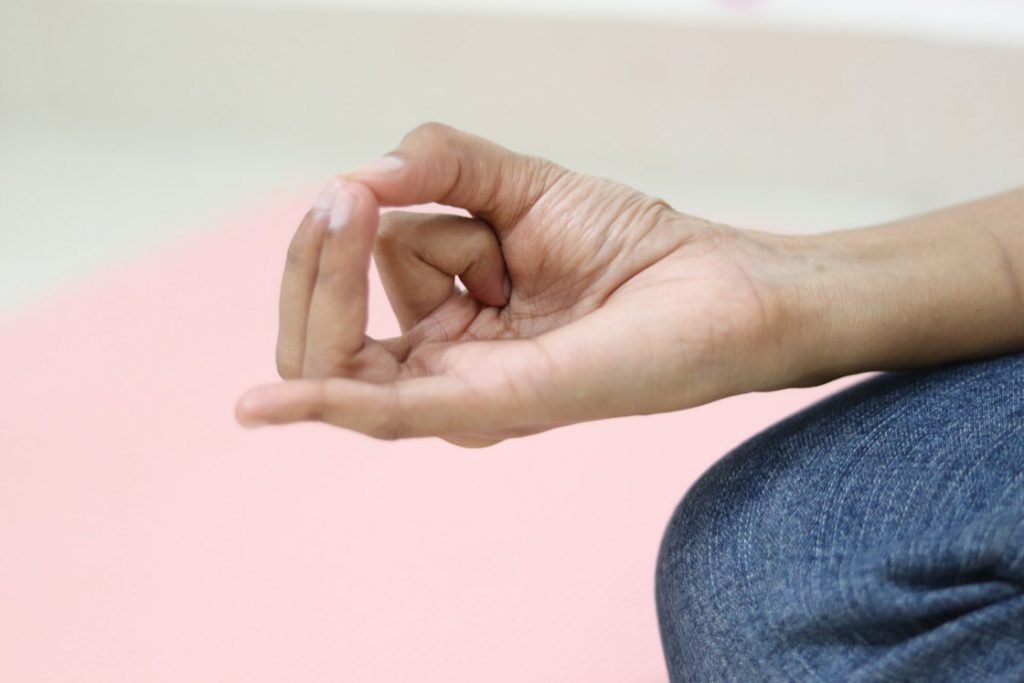
Apana vayu mudra is often called the Mrit Sanjeevni Mudra due to its reversing effects on an oncoming heart attack. Additionally, it strengthens our immune system as someone with a weak immune system is prone will catch a cold and cough frequently and also take time to recover from it. Further, it aids in the detoxification of the body on a physical and emotional level, which can also pose to be a trigger for allergic reactions.
Steps to perform
- Sit in any comfortable meditative pose such as padmasana or sukhasana, or any other pose of your choice.
- Keep your back straight and have your drishti at a focal point in front of you to align your head with the spine.
- On both hands, join the tip of your middle and ring finger to the tip of the thumb and keep the remaining fingers comfortably extended.
- Place your hands on the thighs or knees with palms facing up. You can also keep your palms facing down in case you are stressed or feeling anxious about your health.
- Hold the mudra for a minimum of 10 minutes.
6. Vayu Mudra
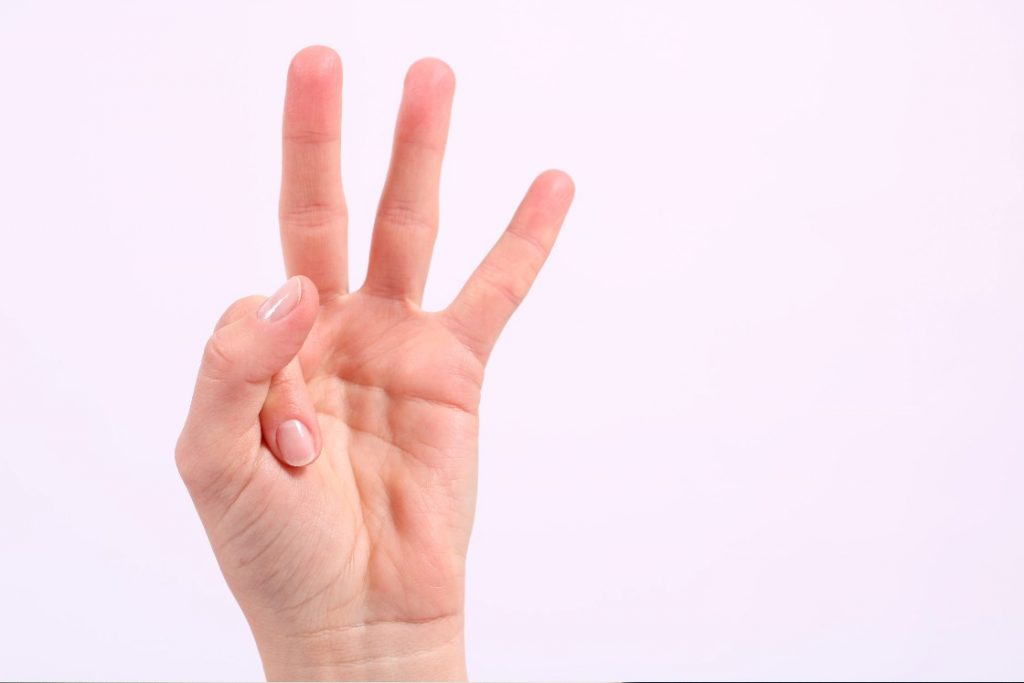
Vayu mudra is performed for balancing the air element in our body. It helps with relieving gastric problems and also strengthens the immune system. By working in the pressure points in the index finger, it stimulates the energetic wave in our body and makes the antibodies work toward preventing any onslaught of allergens or viruses entering our body.
Vayu mudra also keeps stress at bay which can also weaken your immune system and make you prone to catch cold and flu.
People with a pronounced Vata or having a Vata constituent should perform this mudra in moderation as it will further increase the air element in their bodies.
Steps to perform
- Sit in any comfortable meditative pose such as padmasana or sukhasana, or any other pose of your choice.
- Keep your back straight and have your drishti at a focal point in front of you to align your head with the spine.
- On both hands, fold the index finger so that the tip touched the base of the thumb. Place the thumb on the middle phalange while keeping the remaining fingers straight.
- Place your hands on the thighs or knees with palms facing up.
- Hold the mudra for a minimum of 7-10 minutes.
Conclusion
Mudras are a great way to keep your immune system healthy and functioning at its optimal level. The 5 elements also remain balanced by regular mudra practice. Performing one or a combination of mudras can be one of the most natural methods to curb and keep away allergic reactions.





Hats off for your service to mankind…